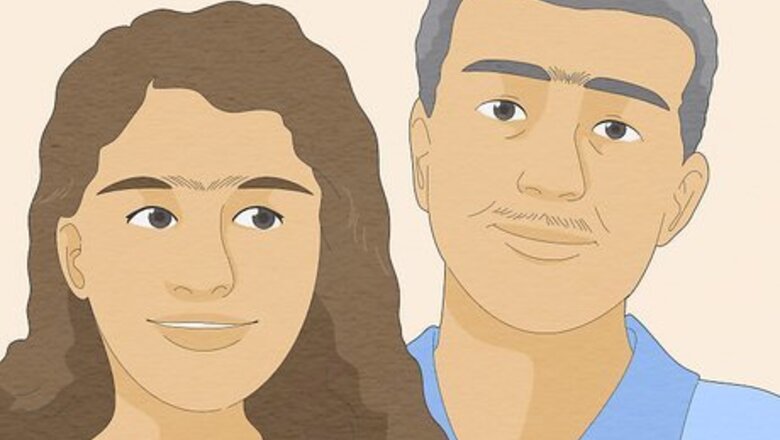
views
How does a unibrow occur?

A unibrow is caused by genetics, meaning it’s passed down through your family. If someone you’re related to has a unibrow, you’re more likely to have one yourself. Since the gene that gives you a unibrow also relates to how thick the hair on your head is, the more hair you have, the more chance of a unibrow you have, too. This gene is called the PAX3variant. Scientists only recently found out what it was and what it does in your body.
What is a unibrow a sign of?
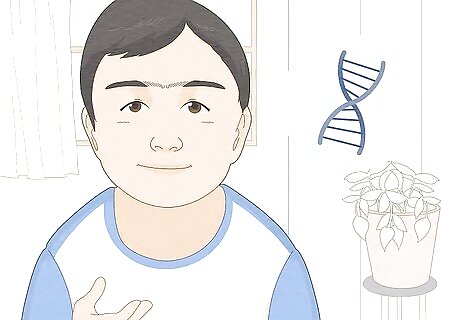
Usually, a unibrow isn’t a sign of anything. For most people, a unibrow simply symbolizes that you have thicker or more abundant hair. Unibrows aren’t inherently negative, and they aren’t necessarily an indication that anything’s wrong. In rare cases, unibrows can be a sign of a genetic disease called Cornelia de Lange syndrome. Along with a unibrow, other signs include slow growth after birth, a short stature, and abnormal bones in the hands, feet, and fingers. Cornelia de Lange syndrome is caused by a gene mutation, and only a doctor can diagnose you or your child with it.
Does a unibrow mean anything?

In some cultures, unibrows are a sign of luck and fertility. Having a unibrow is less common than having 2 brows, so it’s a truly unique facial feature that not everyone has. Many people are choosing to embrace their unibrows rather than get rid of them, which can boost confidence and up your self-esteem.
Is having a unibrow bad?
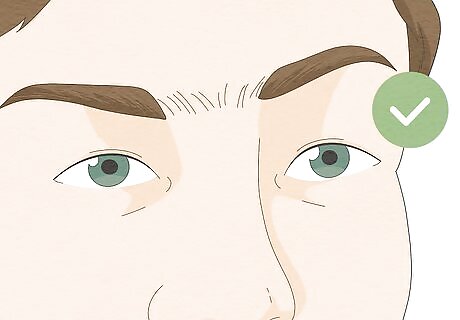
No, having a unibrow isn’t bad at all! Having a unibrow simply means you have more hair on your face than the average person does. If you don’t like your unibrow, there are ways you can get rid of it; otherwise, you can simply leave your unibrow alone. In fact, the ancient Greeks used to paint their eyebrows black all the way across to mimic a unibrow, because they thought it was a symbol of beauty and intelligence. Just because unibrows aren’t the standard now doesn’t mean they won’t be again. Siddhartha Mukherjee Siddhartha Mukherjee, Geneticist and Pulitzer Prize-winning Author While a unibrow lies well within the range of normal human variation, its prominence across certain genetic lineages reveals the complex interplay between our DNA and physical features. Much remains unknown regarding the precise gene variants influencing hair growth patterns. Yet unibrows illustrate a larger truth — that our genomes shape far more than disease risk, defining an array of subtle traits from hair texture to skin pigment.
How do you get rid of a unibrow?
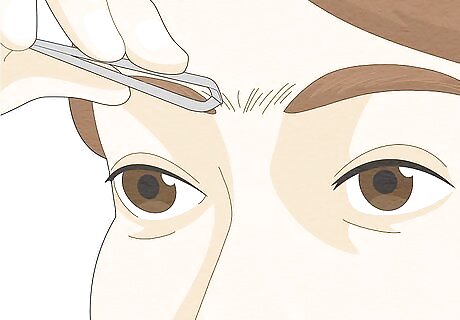
Try tweezing or plucking for an easy option. Tweezing the hairs in between your brows can separate your eyebrows from each other, creating 2 separate brows instead of a monobrow. If you’d like to pluck your eyebrows, use a new pair of sharp tweezers, and look in a mirror to make sure you don’t over pluck. Use the tweezers to pull out one hair at a time, working slowly. Tweezing can cause some slight irritation, especially if it’s your first time. If you need to, apply a soothing lotion for some relief once you’re done.
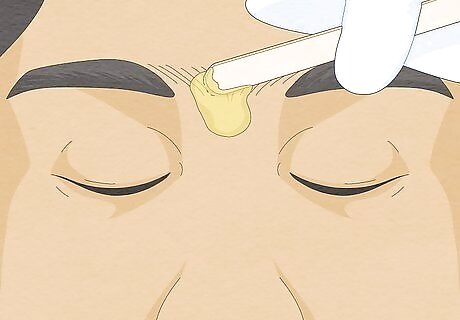
Get your brows waxed for a longer-lasting solution. Waxing the hair in between your brows will make them grow back slower than simply tweezing them. You can wax your unibrow yourself, or you can make an appointment with a professional. If you do wax your brows yourself, make sure you use facial wax, and always read the instructions on the package before starting. Waxing often causes irritation, especially at first. Don’t wax your unibrow if you have a sunburn or sensitive skin.
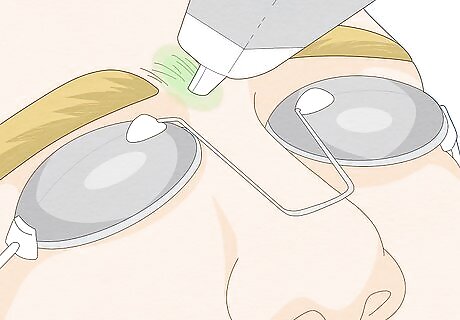
Try laser hair removal for a semi-permanent solution. Laser hair removal can last months or even years, and the hair that does grow back may not be as noticeable. During laser hair removal, a licensed professional will point a laser at the hair that you want removed. The laser will vaporize the hair and stop it from growing back as quickly. Since the area between your eyebrows is fairly small, laser hair removal for a unibrow would only take a couple of minutes. If you want to look into laser hair removal, talk to a dermatologist. Keep in mind that most insurance plans don’t cover laser hair removal.
Does shaving your unibrow make it thicker?
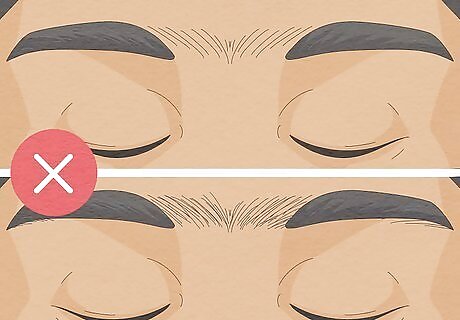
No, shaving your hair doesn’t change its thickness. The myth stems from the fact that shaving your hair gives it a blunt tip, which can make it look or feel thicker than it was before. However, shaving isn’t a great option to get rid of a unibrow, since hair tends to grow back much faster after shaving than if you tweeze or wax it.




















Comments
0 comment